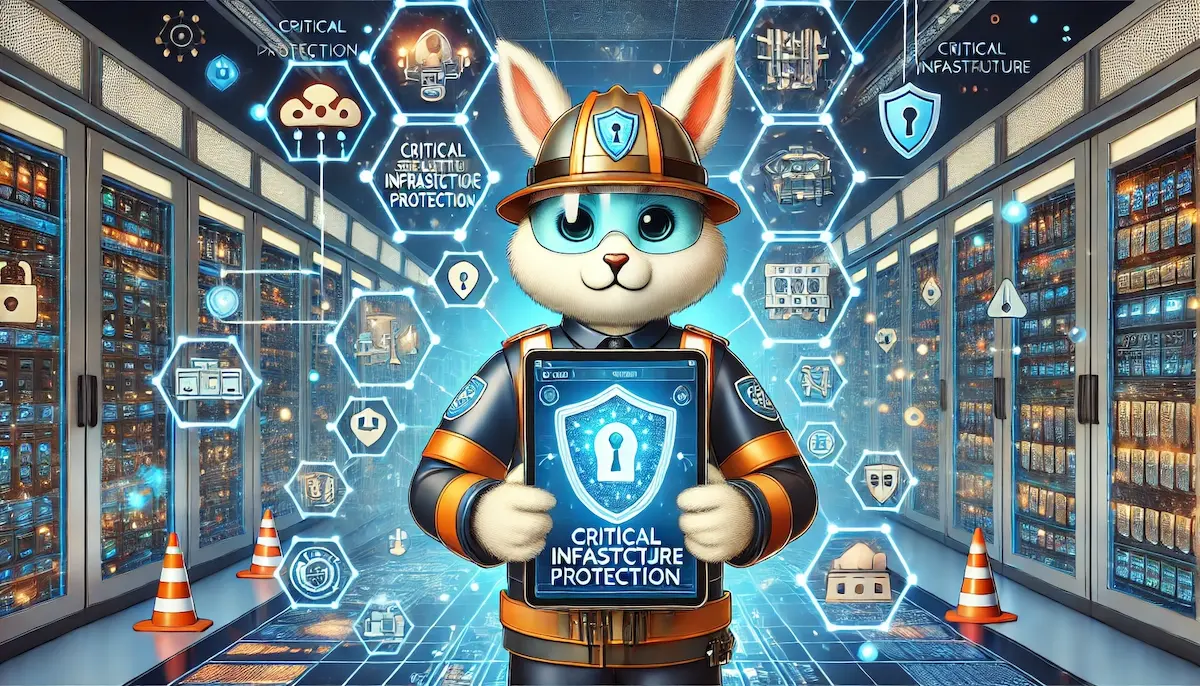In today’s interconnected world, the security and resilience of critical infrastructure have become paramount. Critical Infrastructure Protection (CIP) refers to the strategies and actions taken to safeguard essential systems and assets that are vital to the functioning of society, such as power grids, water supply systems, transportation networks, and communication systems. Protecting these infrastructures is crucial to ensuring public safety, economic stability, and national security.
What is Critical Infrastructure?
Critical infrastructure includes the physical and cyber systems that are so vital to a nation that their incapacity or destruction would have a debilitating impact on national security, economic security, public health, or safety. Examples of critical infrastructure sectors include:
- Energy: Power plants, electricity grids, oil and gas pipelines.
- Water and Wastewater Systems: Water treatment facilities, reservoirs, sewage systems.
- Transportation: Highways, railways, airports, ports.
- Communications: Telecommunication networks, internet infrastructure, broadcasting systems.
- Healthcare: Hospitals, medical supply chains, emergency services.
- Finance: Banks, stock exchanges, financial networks.
- Food and Agriculture: Farms, food processing plants, distribution networks.
What is Critical Infrastructure Protection?
Critical Infrastructure Protection (CIP) involves a comprehensive approach to securing and maintaining the resilience of critical infrastructure. This includes identifying vulnerabilities, assessing risks, implementing protective measures, and preparing for, responding to, and recovering from incidents that could disrupt these essential services. CIP aims to reduce the likelihood of attacks, natural disasters, and other disruptions while ensuring that critical services can be restored quickly in the event of a failure.
Key Components of Critical Infrastructure Protection
A robust CIP strategy encompasses several key components that work together to safeguard critical infrastructure:
1. Risk Assessment and Vulnerability Analysis
The first step in CIP is conducting a thorough risk assessment to identify potential threats to critical infrastructure, such as cyberattacks, natural disasters, terrorist activities, and human errors. This assessment helps identify vulnerabilities within the infrastructure and evaluates the potential impact of different types of disruptions. Vulnerability analysis involves examining the physical and cyber aspects of the infrastructure to determine where it might be most susceptible to attacks or failures.
2. Protective Measures
Based on the risk assessment, protective measures are implemented to mitigate identified risks and vulnerabilities. These measures can include physical security enhancements (such as fences, surveillance systems, and access controls), cybersecurity defenses (such as firewalls, encryption, and intrusion detection systems), and operational safeguards (such as redundancy, backup systems, and emergency response plans).
3. Information Sharing and Collaboration
Effective CIP requires close collaboration between government agencies, private sector entities, and other stakeholders. Information sharing is crucial for identifying emerging threats, sharing best practices, and coordinating responses to incidents. Public-private partnerships play a vital role in protecting critical infrastructure, as much of it is owned and operated by private companies.
4. Incident Response and Recovery
Preparedness for incidents is a key component of CIP. This involves developing and maintaining incident response plans that outline how to detect, respond to, and recover from disruptions. These plans should include procedures for communication, coordination with emergency services, and steps to restore services as quickly as possible. Regular drills and exercises are essential to ensure that all stakeholders are familiar with the plans and can execute them effectively.
5. Resilience Building
Resilience refers to the ability of critical infrastructure to withstand and recover from disruptions. Building resilience involves designing infrastructure systems that can absorb shocks, continue operating under stress, and recover quickly. This can include diversifying energy sources, decentralizing critical systems, and using advanced technologies to detect and respond to issues in real-time.
6. Regulatory Compliance and Standards
Many countries have established regulations and standards to guide the protection of critical infrastructure. Compliance with these regulations is essential for ensuring that infrastructure operators implement adequate protective measures. Standards such as the NIST Cybersecurity Framework in the United States provide guidelines for securing critical infrastructure from cyber threats.
7. Cybersecurity
With the increasing reliance on digital technologies, cybersecurity has become a central focus of CIP. Cybersecurity measures protect critical infrastructure from cyberattacks that could disrupt operations, steal sensitive information, or cause physical damage. This includes securing network systems, protecting industrial control systems (ICS), and implementing measures to detect and respond to cyber threats.
Challenges in Critical Infrastructure Protection
While CIP is crucial, it faces several significant challenges:
- Complexity and Interdependency: Critical infrastructure systems are often highly complex and interdependent, meaning that a disruption in one sector can have cascading effects on others. For example, a power outage can impact water treatment facilities, transportation systems, and healthcare services.
- Evolving Threats: The threat landscape is constantly changing, with new vulnerabilities emerging as technology advances. Cyber threats, in particular, are rapidly evolving, requiring continuous adaptation of protective measures.
- Coordination and Collaboration: Effective CIP requires coordination among a wide range of stakeholders, including government agencies, private sector companies, and international partners. Achieving seamless collaboration and information sharing can be challenging, particularly when dealing with sensitive information.
- Resource Constraints: Protecting critical infrastructure can be resource-intensive, requiring significant investments in security measures, technology, and personnel. Smaller organizations and municipalities may struggle to allocate the necessary resources.
- Balancing Security and Usability: Implementing strict security measures can sometimes hinder the usability and efficiency of critical infrastructure. Finding the right balance between security and operational efficiency is an ongoing challenge.
Conclusion
Critical Infrastructure Protection is essential for safeguarding the systems and services that underpin modern society. By identifying risks, implementing protective measures, fostering collaboration, and building resilience, organizations can reduce the vulnerability of critical infrastructure to disruptions and ensure that essential services remain available in times of crisis. As threats continue to evolve, a proactive and adaptive approach to CIP is necessary to protect the safety, security, and well-being of communities worldwide.
Blockfine thanks you for reading and hopes you found this article helpful.
